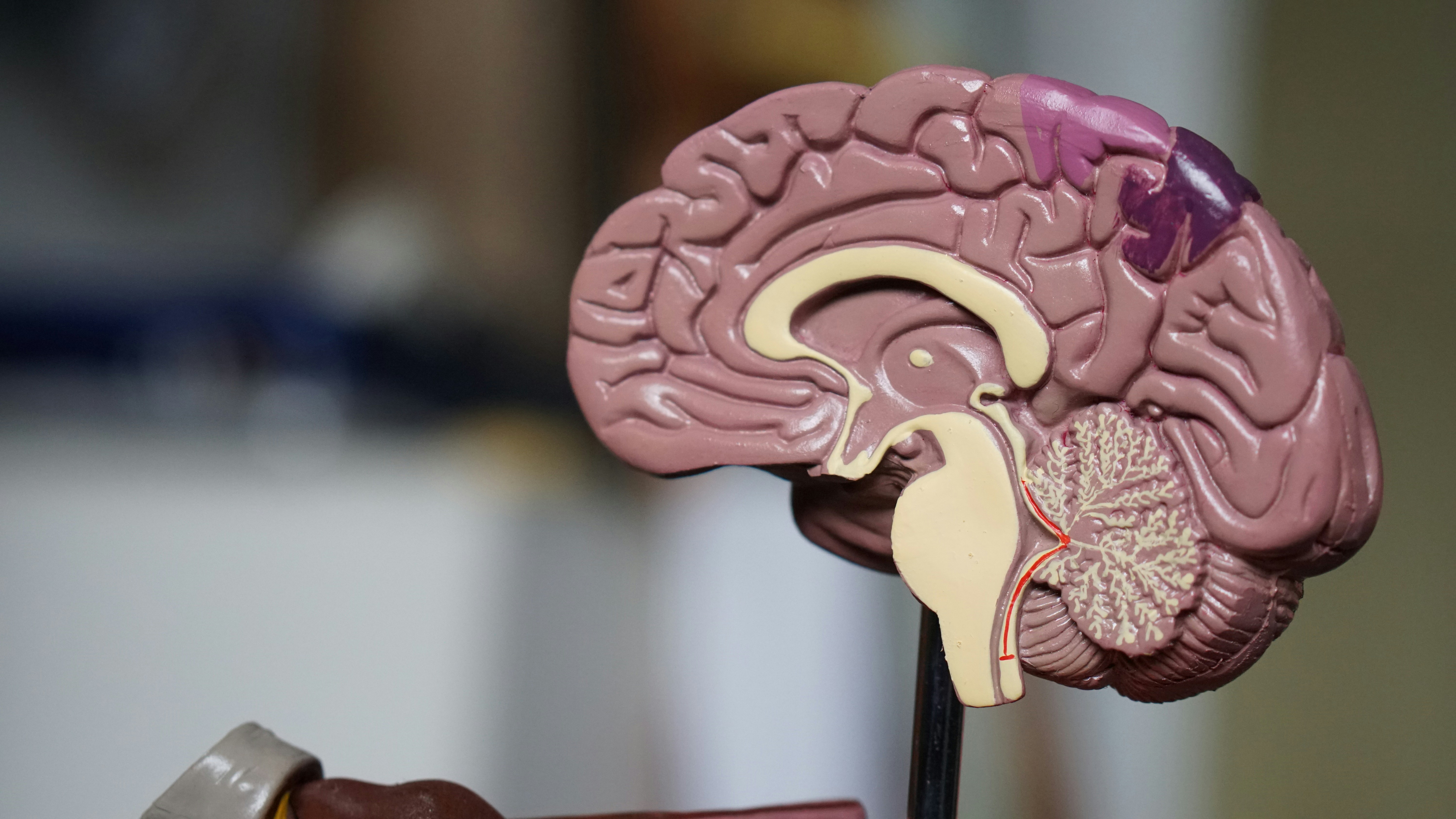Jumpstart a Healthcare Career: Medical Assistant Training
Medical assistant training equips you with the clinical and administrative skills needed to start in healthcare quickly. This in-depth guide explains program types, timelines, hands-on practicum, certification routes, and job prospects to help you pick the right pathway to become a qualified medical assistant.

Medical assistant training blends classroom instruction with supervised practical experience to prepare students for frontline roles in healthcare settings. Programs teach both clinical tasks—like taking vital signs and assisting with minor procedures—and administrative duties such as scheduling, charting, and billing. This guide outlines what training covers, typical program lengths and delivery formats, how to evaluate schools, certification options that boost marketability, and the career outlook for medical assistants.
What medical assistant training covers
Courses are designed to develop a versatile skill set used in clinics, hospitals, urgent care centers, and outpatient facilities. Core academic topics often include anatomy and physiology, medical terminology, pharmacology basics, infection control, and medical ethics. Hands-on clinical competencies taught in most programs include measuring blood pressure and pulse, collecting specimens and performing basic lab tests, administering injections under supervision, wound care, and assisting providers during exams and minor procedures.
Administrative training commonly covers electronic health records (EHR) navigation, appointment and front-desk management, patient intake procedures, insurance and billing processes, medical coding fundamentals, and professional communication. Together, the clinical and administrative components prepare graduates to handle the day-to-day operations of many healthcare practices.
Program lengths and delivery options
How long training takes depends on the credential and format you select. Certificate and diploma programs typically take about 9 to 12 months and concentrate on technical skills needed for immediate entry into the workforce. An associate degree in medical assisting usually requires roughly two years and includes general education courses in addition to medical assisting coursework; this broader curriculum can create more opportunities for advancement or transition to further healthcare education.
For those wanting a faster route, accelerated tracks condense the curriculum into a shorter, more intensive timeline, suitable for students able to study full time. Delivery formats vary: in-person instruction remains common for labs and skills training, while online and hybrid options are increasingly available. Online programs often use virtual simulations for clinical practice, but reputable programs still require an in-person clinical practicum or externship so students can gain supervised experience with real patients.
How to choose the right program
Selecting a program requires careful evaluation. Accreditation is one of the most important factors: graduating from an accredited program can affect your eligibility for certification exams and increase employer recognition. Review course content to confirm that both clinical techniques and administrative responsibilities are covered and that the program includes supervised hands-on training.
Investigate whether the school assists with externship placements or has formal partnerships with local clinics and hospitals. Consider faculty qualifications, graduation and job-placement statistics, typical class size, and scheduling options that match your life commitments. Part-time, evening, or weekend schedules can be crucial for students balancing work or family obligations. Also compare career services such as resume writing, interview preparation, and job-placement assistance—these services can meaningfully ease the transition into employment.
Job outlook and career growth
Employment prospects for medical assistants are strong. The U.S. Bureau of Labor Statistics projected rapid growth for the occupation, driven by an aging population, expanded preventive care, and increased use of outpatient services. Medical assistants find work in physicians’ offices, hospitals, outpatient centers, urgent care clinics, specialty practices, and community health centers.
With experience, additional certifications, or continuing education, medical assistants can move into supervisory roles, specialize in areas such as ophthalmology or pediatrics, or pursue further allied health degrees (e.g., nursing, radiologic technology, or healthcare administration) to expand career options.
| Training Program | Provider | Key Features |
|---|---|---|
| Medical Assistant Certificate | Community College | Hands-on clinical experience, flexible scheduling |
| Associate Degree in Medical Assisting | Technical Institute | Broader curriculum, externship opportunities |
| Online Medical Assistant Program | Accredited Online University | Self-paced learning, virtual lab simulations |
| Accelerated Medical Assistant Training | Vocational School | Fast-track program, career services support |
Prices, rates, or cost estimates mentioned in this article are based on the latest available information but may change over time. Independent research is advised before making financial decisions.
Certification and professional credentials
Although not always legally required, certification is often preferred or required by employers because it demonstrates validated competence and professional dedication. Recognized credentialing organizations include the American Association of Medical Assistants (AAMA) and the National Healthcareer Association (NHA), among others. Each credential has specific eligibility rules—some require graduation from an accredited program—so check requirements carefully. Holding a national certification can improve hiring prospects and may be associated with higher pay and better chances for advancement.
Final considerations
Medical assisting is a practical entry point into healthcare for people seeking a relatively quick path to employment with a mix of clinical and administrative responsibilities. When comparing programs, prioritize accreditation, robust hands-on training, and connections to clinical sites that provide real-world experience. Balance program length, format, and schedule with your personal commitments, and investigate career services and certification preparation to enhance your job readiness. Given the strong demand for entry-level healthcare workers, completing an accredited program and pursuing certification offers a solid foundation for a rewarding career in patient care and clinic operations.
This article is for informational purposes only and should not be considered medical advice. Please consult a qualified healthcare professional for personalized guidance and treatment.






